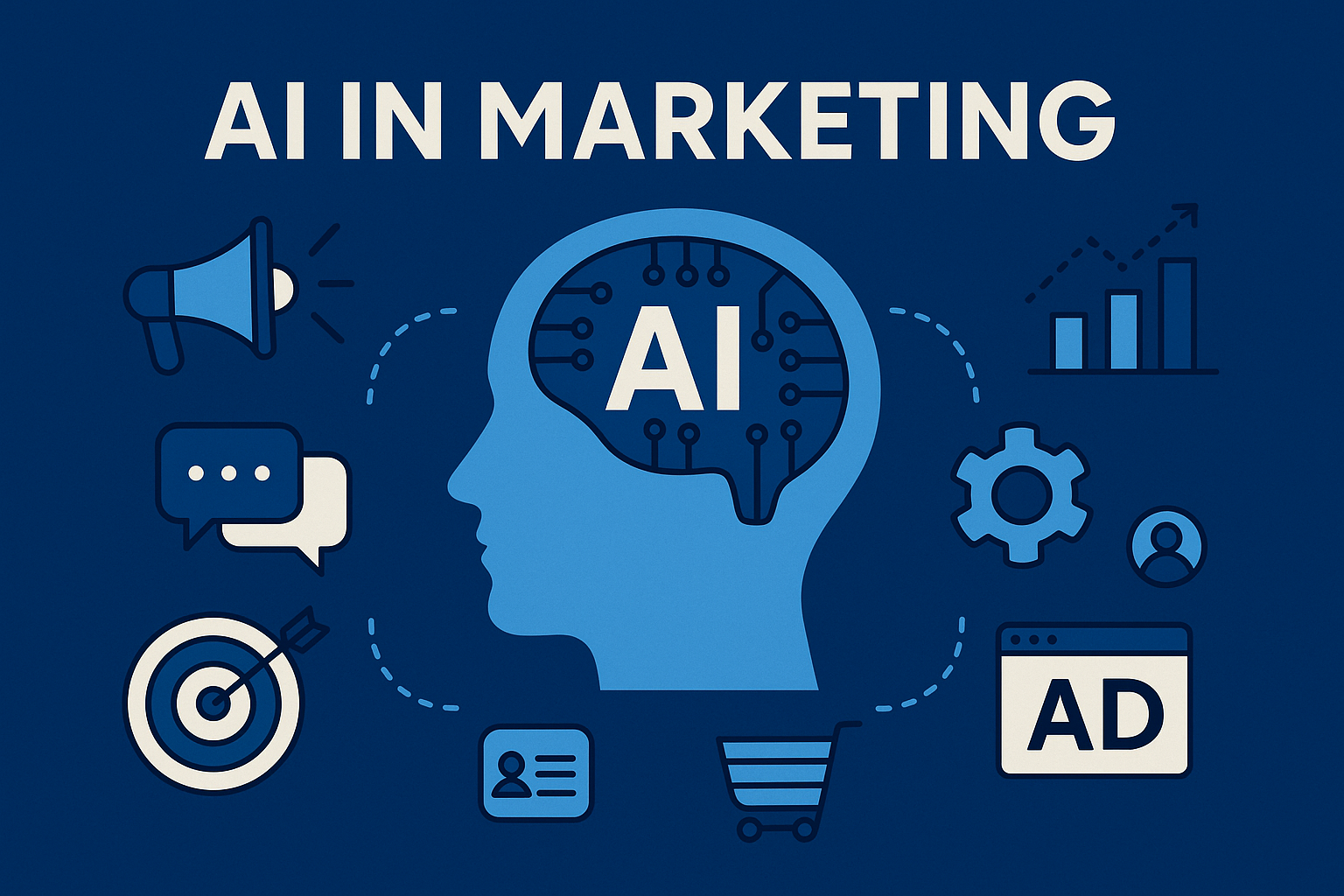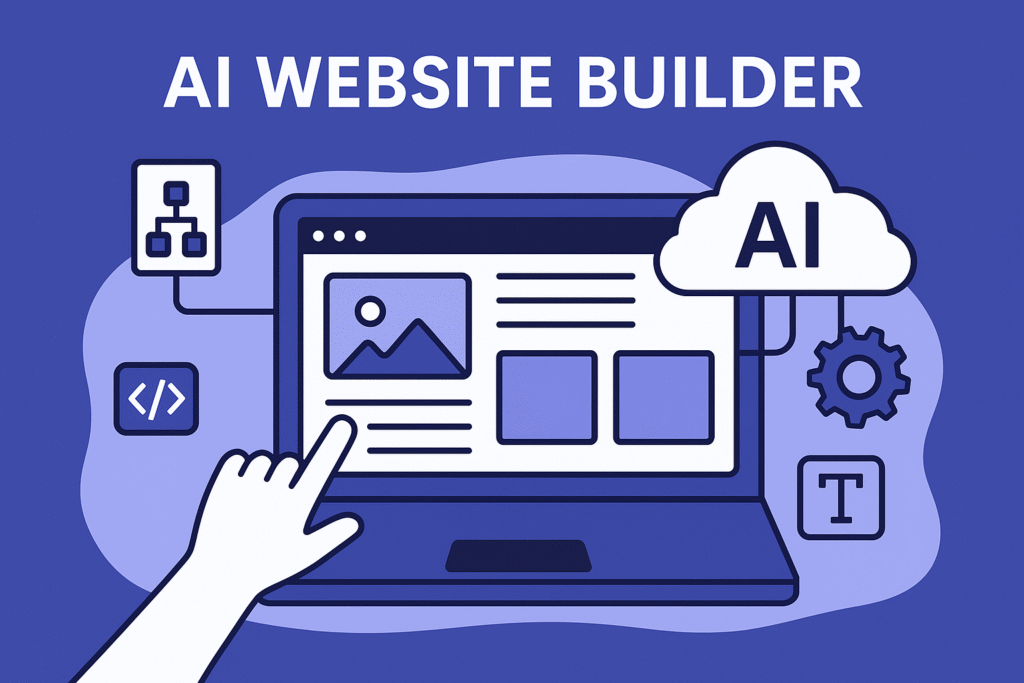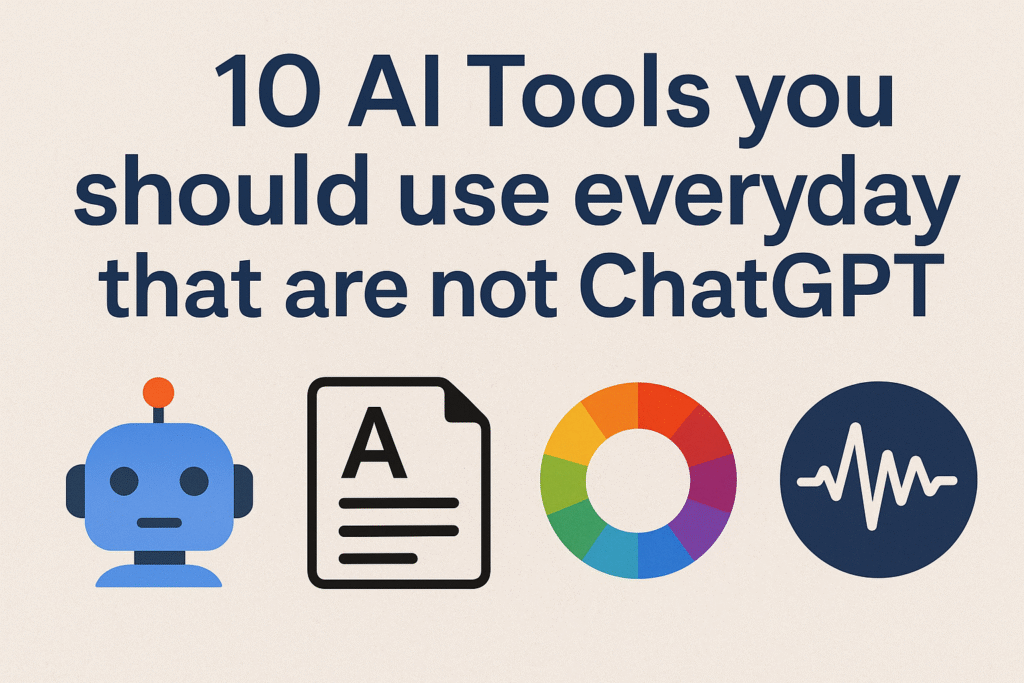I still remember the days when I manage my business accounts manually. Every evening, I’d sit with a calculator, a notebook, and an Excel sheet, trying to match my sales with expenses. It felt like a never-ending struggle for me. During tax season, I realized I had miscalculated my GST for the last quarter. I had to go back and check hundreds of invoices manually—it took me almost two full days to fix everything. And even after that, I wasn’t sure if I had done it 100% correctly. The stress was unreal!
That’s when I decided to try automated accounting software. I switched to Zoho Books, and honestly, it was a game-changer. Now, instead of manually entering every transaction, the software syncs with my bank and categorizes everything automatically. What used to take me hours now takes me minutes. No more errors, and most importantly—I finally have time to focus on growing my business instead of fixing numbers.
Right now I’m talking about something every business owner and accountant struggles with at some point—manual vs. automated accounting. Choosing between manual and automated accounting depends on your business size, transaction volume.
Manual Accounting Software
Manual accounting traditionally involves pen, paper, and spreadsheets, there are some basic accounting tools that help businesses maintain records without automation. These tools don’t perform automatic calculations but still help with record-keeping.
1. Microsoft Excel
Microsoft Excel is a software used to store, organize, and analyze data in a table format. It helps with calculations, creating charts, and managing large amounts of information easily.
Features:
- Allows custom bookkeeping templates.
- Great for recording transactions manually.
- Create balance sheets & profit/loss statements.
- Supports basic formulas for calculations.
Pros:
✔ Free or low-cost (included in Microsoft Office).
✔ Full control over data.
Cons:
❌ Requires manual data entry (time-consuming).
❌ Sometime create human errors.
❌ No real-time insights or automation.
2.Tally
Tally is accounting software used to manage business finances. It helps with bookkeeping, GST filing, inventory management, and generating reports.
Features:
- Allows manual journal entries & ledger management.
- Requires manual input for GST calculations.
Pros:
✔ Simple interface for experienced accountants.
✔ GST & compliance-friendly (but manual).
✔ One-time purchase option.
Cons:
❌ Needs accounting knowledge.
❌ No real-time automation.
Automated Accounting Software
Automated accounting is when software handles your accounting tasks for you instead of doing them manually. It records transactions, categorizes expenses, calculates taxes, and generates reports without you having to enter everything by hand.
For example:
🔹 Instead of typing every sale into Excel, software like QuickBooks or Zoho Books records it automatically.
🔹 Instead of manually calculating GST, the software does it for you.
Automated accounting saves time, reduces errors, and makes managing finances easier.
1. QuickBooks
QuickBooks is a accounting software that helps businesses manage their finances. It is used for bookkeeping, invoicing, expense tracking, tax filing, and generating financial reports. It makes accounting easy for small and medium-sized businesses.
Features:
- Automatic bank sync & transaction categorization.
- Generates real-time profit/loss statements.
- Invoicing & inventory management.
- Mobile app for on-the-go access.
Pros:
✔ Saves time with auto-bookkeeping.
✔ User-friendly, even for non-accountants.
Cons:
❌ Monthly subscription required.
❌ Can be overwhelming for first-time users.
2. Zoho Books
Zoho is a software platform that offers tools for businesses to manage their work. It includes apps for accounting, customer management (CRM). The purpose of Zoho is to help businesses manage their operations efficiently through a set of online tools.
Features:
- AI-powered automation for bookkeeping.
- Bank reconciliation & GST-ready reports.
- Multi-user access for teams.
- Tracks expenses, invoices, and payments automatically.
Pros:
✔ Affordable compared to QuickBooks.
✔ Mobile-friendly for remote management.
✔ Good customer support.
Cons:
❌ Limited features in the free plan.
❌ Not ideal for large businesses with complex needs.
3.Tally Prime
Tally Prime is an upgraded version of Tally, used for accounting and business management. It helps with bookkeeping, GST filing, inventory tracking, and generating financial reports.
Features:
- Automates GST filing & E-invoicing.
- Bank reconciliation & ledger management.
- Supports inventory tracking.
Pros:
✔ Works offline (great for businesses with limited internet).
✔ Secure and trusted by Indian businesses.
✔ One-time purchase available.
Cons:
❌ Less intuitive for beginners.
❌ No cloud access in basic versions.
Manual or Automated Accounting: Which One Should You Choose?
The right accounting tool can save your time, reduce stress, and help your business grow smoothly like manual accounting don’t. Whether you’re a freelancer, a startup, or running a business, choosing the right accounting tool can make a huge difference and also save your time.
- Automated Accounting
✅ Saves Time
✅ Reduces Errors
✅ Real-time Reports
✅ Easy Tax Compliance
- Manual Accounting
❌ Time-Consuming
❌ Prone to Mistakes
- For small businesses – Excel can work for you, but Zoho Books is a much better choice if you want things to run smoother with less effort and also it save time.
- For medium-sized businesses – QuickBooks and Tally Prime both offer powerful features to manage growing operations with easily and smoothly.
- For traditional businesses in India – Tally still remains a go-to. Whether you’re doing things manually or automating parts, it is the accounting tool that is used more.
- For freelancers & startups – Zoho Books is simple, affordable, and perfect for keeping things organized without getting overwhelmed.
FAQs – Manual vs. Automated Accounting
1. Why did I switch from manual to automated accounting?
I got tired of spending hours on making small calculation mistakes. Automated accounting saved me time, effort, and stress.
2. Is automated accounting expensive?
No! There are various affordable options like Zoho Books for small businesses. Plus, the time I save is worth more.
3. Do I need accounting knowledge to use automated software?
No! Software like QuickBooks and Tally Prime are beginner-friendly. Most things run on automation, and there are plenty of tutorials to help.
4. What’s the biggest difference I felt after switching?
I no longer stress about missing invoices, wrong calculations, or tax deadlines. Everything is organized, and I can check my finances anytime, anywhere.
5. Is it difficult to switch from manual to automated accounting?
No! I started small—just using automated invoicing first. Once I got comfortable, I let the software handle bank transactions, GST, and reports. It was easier than I expected.
6. Which software do I personally recommend?
It depends on your scale of business. I use Zoho Books, but for bigger businesses, use QuickBooks or Tally Prime might be better option.
My advice: Stop spending hours on accounting and let software do the work for you. And if you don’t know which one to choose, check out Workspace Tool to find the best fit for your business.
Reference links:










